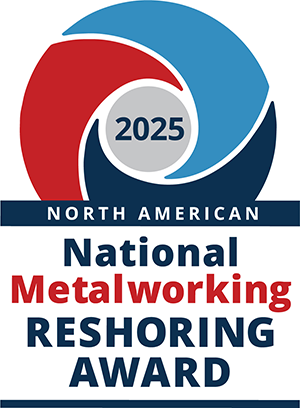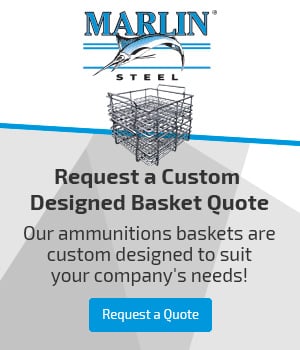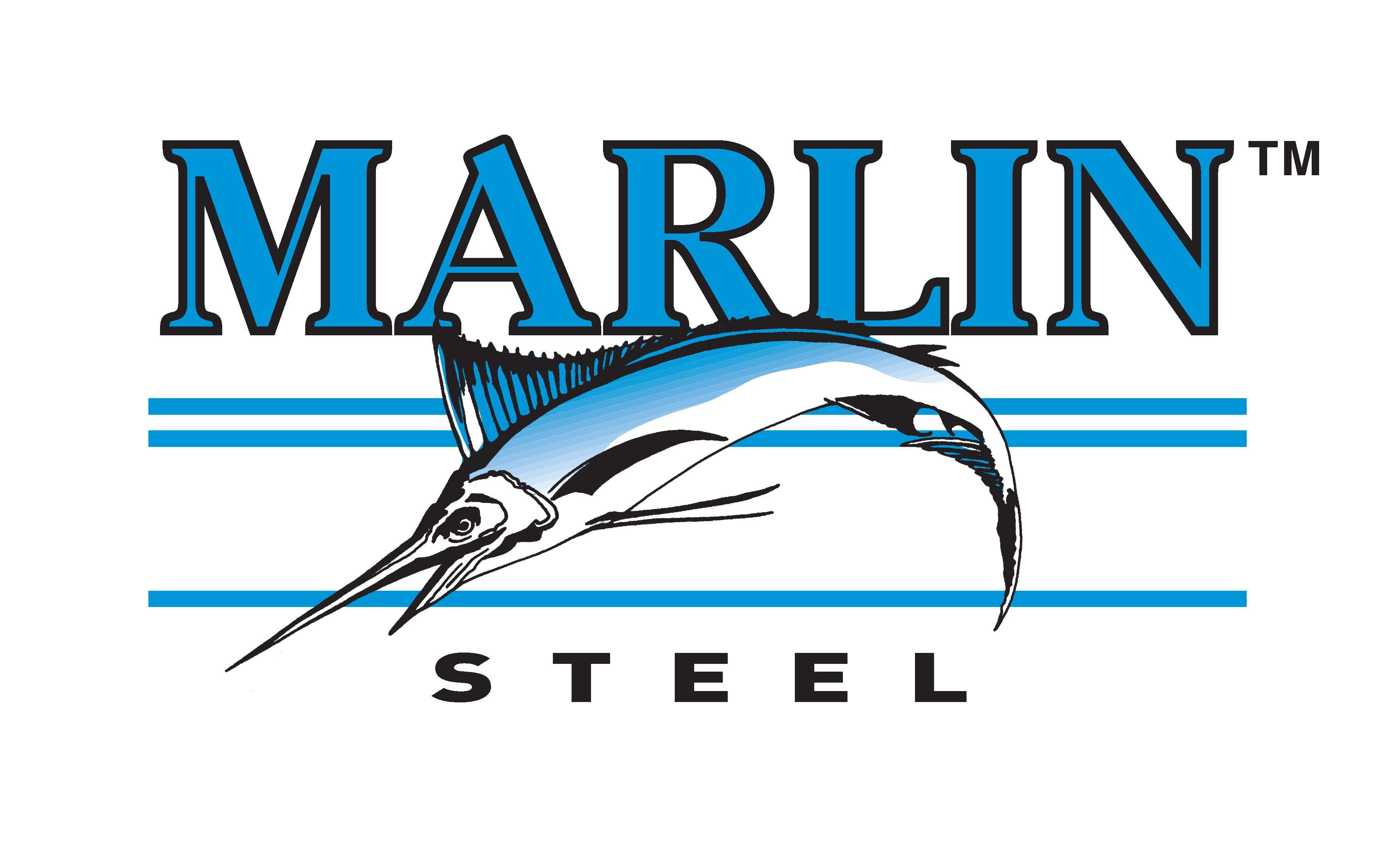Stainless steel is valued for exceptional strength, durability, temperature resistance, and corrosion resistance, along with a distinctive aesthetic. There are several grades of stainless steel, and not every grade is suitable for every application. For example, grades 304, 316, and 330 stainless steel each perform best within different operating temperature ranges, as we’ll explore here.
Stainless Steel for High-Temperature Applications
Stainless steel parts are found in high-temperature applications, like sterilization, cooking, material processing, or heat treatment. They are commonly exposed to temperatures in excess of 1,000 °F.
Determining the best steel material for a project depends on:
- The weight load limit of the basket, container, or component
- Chemicals or corrosives present
- How long the alloy will be subjected to a given temperature
Consider the example of a carbon steel basket that will regularly be exposed to 1,000 °F operating temperatures. Assume the basket contains a 50 lb. load, and has a maximum capacity of 100 lbs. At 1,000 °F, the steel would lose tensile strength and have only one-fifth of its strength as at room temperature. The basket would fail because the high temperature will have reduced its maximum weight limit to 20 lbs. (i.e., one-fifth of the original 100 lb. capacity).
At high temperatures, metals also experience thermal expansion and lose their original shape. This can have a detrimental effect on delicate components, precision assemblies, and other custom wire or sheet metal forms.
Stainless steel alloys often perform better than plain carbon steel at high temperatures and are therefore often a good choice for these applications. But, what are the typical temperature ranges compatible with grades 304, 316, and 330?
Temperature Range and Applications of 304 Stainless Steel
A key property of any stainless steel alloy is oxidation resistance. High temperatures can compromise the oxidation resistance of steel alloys, contributing to rust and reduced structural integrity. Grade 304 stainless steel can resist oxidation to approximately 1598° F to 1697° F.
How frequently and how long it is exposed to high temperatures is also a consideration. In general, grade 304 alloy steel can tolerate temperatures up to 1,598 °F for short periods without ill effect, and for extended periods up to 1,697 °F. Still, these temperatures can also compromise corrosion resistance, making it more susceptible to corrosion damage from exposure to moisture.
Alloy 304 has a melting point around 2,550 °F – 2,650 °F, and loses tensile strength at these temperatures.
Applications
Alloy 304 stainless steel is commonly used in these applications that require corrosion resistance, rust and stain resistance, non-reactivity, biocompatibility, and ease of cleaning:
- Kitchen appliances
- Automotive trim and accents
- Food processing equipment
- Pharmaceutical manufacturing
- Chemical processing
- Medical instrumentation
- Aerospace components
Temperature Range and Applications of 316 Stainless Steel
Grade 316 SS is often used for applications that involve powerful corrosives, and is even more highly corrosion resistant than grade 304.
Its temperature tolerance is slightly lower than that of grade 304, with a melting range of 2,500 °F – 2,550 °F.. This makes grade 316 alloy slightly less desirable for high-temperature applications than grade 304 alloy.
Applications
316 stainless steel is often used in applications that involve powerful corrosives like chemicals and petrochemicals, vehicle exhaust, and saltwater, such as:
- Medical instruments
- Pharmaceutical processing
- Aerospace engine and structural parts and fasteners
- Automotive exhaust and engine parts
- Boat and ship fittings, propellers, and other components
- Chemical and petrochemical valves, pumps, tanks, and enclosures
- Offshore oil and gas drilling rigs and pipelines
- In manufacturing equipment and tooling
Temperature Range and Applications of 330 Stainless Steel
Unlike alloys 304 and 316, grade 330 stainless is often specifically marketed as a high-temperature-resistant alloy. Grade 330 alloy has 18 - 22% chromium and 34 - 37% nickel content, which helps it resist oxidation and scale formation up to 2,000 °F. At Marlin Steel, we usually recommend limiting exposure to 1,900 °F to help retain other desirable properties.
For applications at temperatures that exceed 1,900 °F, an alloy specifically formulated for high temperatures, like Inconel, may be a better choice.
Applications
Due to its heat-resistant nature, 330 stainless steel is often used in applications where heat exposure is a concern, such as:
- Thermal processing
- Heat-treating furnace containers, fans, and salt pots
- Boiler fixtures
- Gas turbine components
- Petrochemical furnace parts and heat exchangers
Choosing the Right Stainless Steel for Your Application With Marlin Steel
Before selecting a specific alloy for wire-formed items like parts washing baskets, racks, or brackets, consult an experienced mechanical engineer, like those at Marlin Steel. They can review your application’s requirements, including weight loads and chemical resistance, and help you make the right choice.
Marlin Steel has decades of experience designing and manufacturing high-quality, precision wire-formed parts for customers in many industries. Contact a Marlin Steel mechanical engineer expert for your next project.


.gif)


